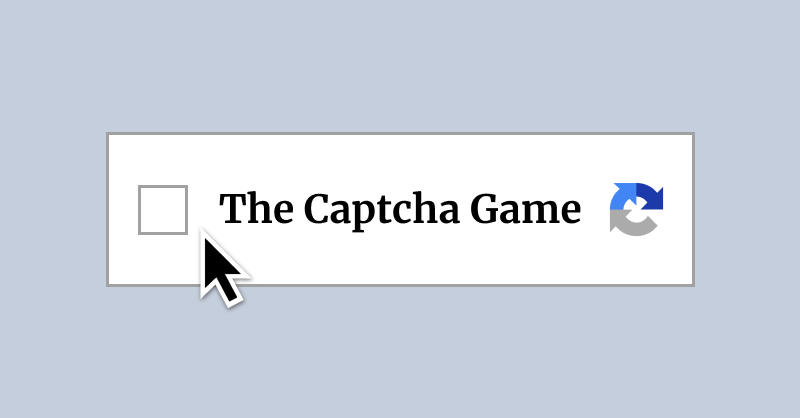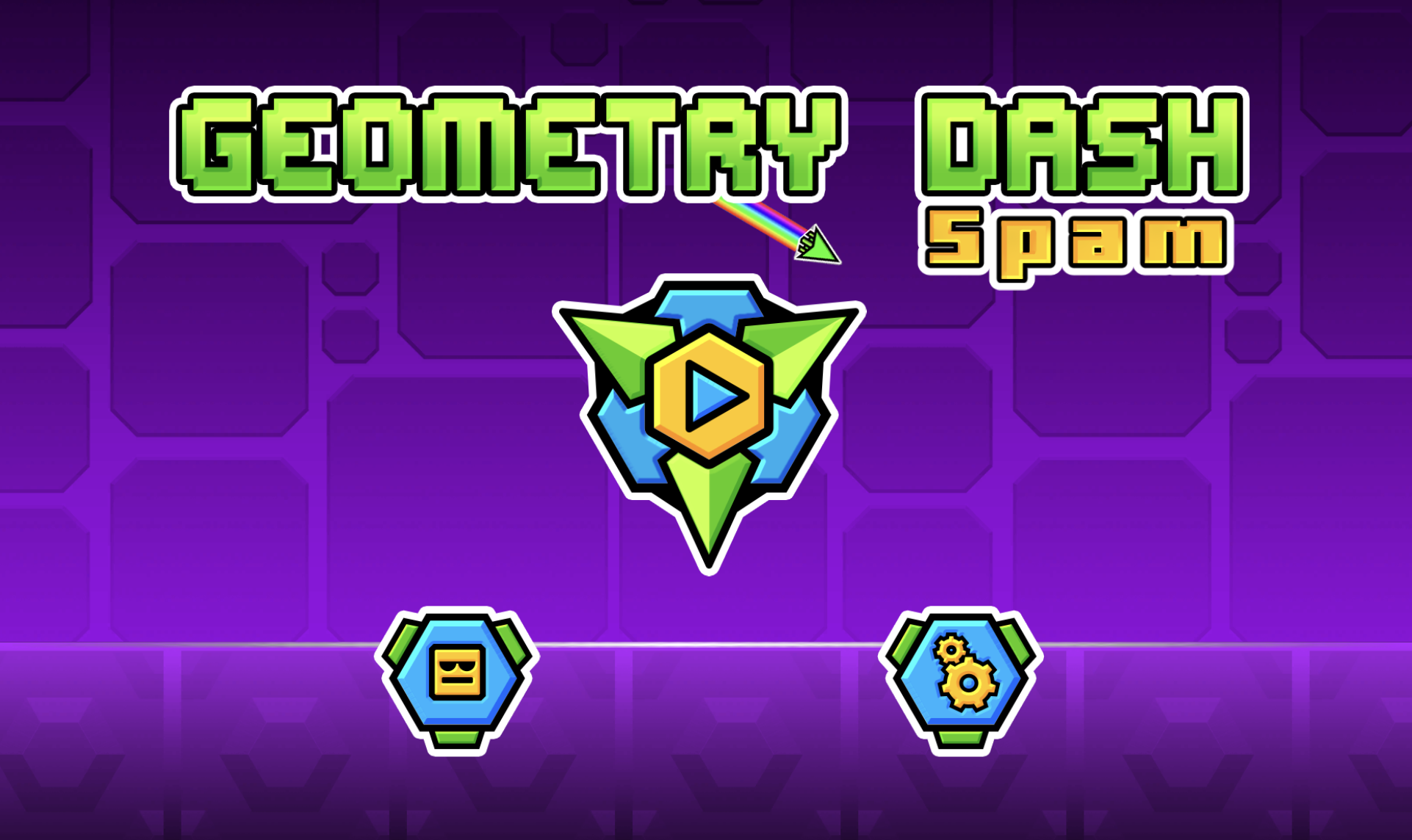Corporate layoffs, meet ragdoll chaos
Smash through a satirical corporate tower with drafted moves, ragdoll physics, and bite-size runs. Build absurd combos, improvise weapons, and climb from intern to CEO.
Keep exploring
Keep your night shift energy up with more browser horror, tense escape rooms, and quick palate cleansers we trust.

One tab, countless voxel adventures
One tab, countless voxel adventures

Untime
Untime

Polytrack — Build Tracks, Chase PBs
Polytrack — Build Tracks, Chase PBs

Command Every Snap in Retro Bowl 26
Command Every Snap in Retro Bowl 26

Beat Verification at Arcade Speed
Beat Verification at Arcade Speed

Play Hotline Miami in Your Browser
Play Hotline Miami in Your Browser

Spin the Undertale Meme—Behind the Wheel
Spin the Undertale Meme—Behind the Wheel

Assemble Chiikawa & friends from fading clues
Assemble Chiikawa & friends from fading clues

Spam your way to steadier wave control
Spam your way to steadier wave control

Wall-jump your way across a sugar-sweet world
Wall-jump your way across a sugar-sweet world
Brawl your way up the tower
Office politics, resolved with flying kicks
Welcome to the world’s least professional promotion ladder. In this browser-friendly roguelite brawler, you start on the lowest floor and fight upward through departments that look suspiciously like open-plan mazes. Every room is a tiny playground of chaos: swivel chairs become missiles, printers turn into battering rams, and glass partitions exist purely so they can shatter in slow-motion comedic glory. The hook is simple but endlessly remixable—between floors you draft new abilities, stitching together an attack list that mutates from clumsy jab chains into delirious, air-juggling carnage. One run births a tornado of spin kicks and shoulder checks; the next grants a chainsaw leap followed by a questionable digestive cloud that neither HR nor OSHA signed off on. Fail fast, learn faster, and come back with a loadout that converts boardrooms into bounce houses.
Draft a ridiculous move deck that snowballs
This isn’t a static beat ’em up where you memorize one perfect combo and coast. After clearing a floor, a set of upgrade cards appears. Each pick plugs directly into your moveset, extending strings, altering properties, or injecting brand-new starter attacks. You might add a lunging stomp that opens with armor frames, then slot a follow-up that morphs the stomp into a multi-hit blender, then cap it with an aerial dive that detonates cubicles on landing. Because each pick builds on the last, your plan evolves organically: go all-in on crowd control, pursue single-target boss melters, or stack mobility so you surf across tables while cackling. The power curve isn’t just about damage; it’s about control. The more tools you draft, the more you can redirect the room, corralling suits into corners or ping-ponging them across whiteboards like human pinballs.
Physics-first comedy that feels great in the hands
Everything in the arena wants to yeet, bounce, crumple, or fly. That slapstick layer isn’t just for laughs—it’s feedback. When a shove sends a guard skidding across carpet tiles and into a filing cabinet, you learn the effective push range. When a mistimed dropkick ricochets you off a copy machine, you internalize spacing. Peals of animated chaos double as tutorials. It’s the rare action game where failure looks so funny that retrying is automatic; the extra knowledge sneaks in with the giggles. The physics also reward creativity: angle a swing to pop an enemy airborne, dash under as they fall, and cancel into an upward strike to re-launch. Convert a single opening into a table-spanning juggle that ends with a window exit and a dramatic thunk two rooms away.
Satire sharp enough to cut a tie
Departments act like themed biomes, and every unit of office life becomes a foil. HR clerks weaponize forms and performance reviews; sales hotshots sprint in with Bluetooth bravado; middle managers bark cooldowns that buff their cronies. The writing never hammers you with exposition; the joke lives in props, enemy barks, and the hilarious seriousness of each fight. It’s a caricature of workplace grind where the only KPI that matters is how far you can uppercut someone across a conference table.
Short runs, huge variance, zero downtime
Sessions are intentionally snackable. A few rooms, a few choices, a miniboss, repeat. Death resets the climb but not your understanding; your hands keep the muscle memory while your brain catalogs synergies worth chasing next time. Because card pools and room rolls shuffle on each attempt, no two climbs feel identical. You’ll start to recognize forks—do you lean into stun-heavy crowd work or assemble a boss-buster chain with chunky single-target hits? Do you draft a mobility package and speedrun floors, or slow down for risk-averse clears that bank HP?
How the action flows
Each floor is a micro-gauntlet with three beats: entry (positioning, first hit), escalation (adds join, hazards trigger), and cleanup (secure finishers, collect rewards). Your entry matters. Opening with a burst that hits multiple angles prevents an early dogpile; entering with a precise strike isolates priority targets. During escalation, you leverage environment tools—corner posts, pillars, rolling chairs—to shape the crowd. Cleanup is where your chosen finisher shines. Knockback enders clear space for the next door, damage-over-time finishers let you sprint while the last few stragglers fold, and aerial slams reset tempo between waves.
Upgrades with identity
Drafts split into clear families: Starters that define the first hit, Links that bridge chains, Enders that cash out into knockdowns or AoE, and Mods that alter properties—range extensions, armor frames, status effects, or movement grafts. Because you can’t take everything, each choice is a bet on a future you want to build. Take an early vacuum pull, and you’ll naturally favor circular slams later. Pick a precision poke, and you’ll fish for crit-enabling follow-ups. It’s a deckbuilder mindset applied to muscle memory: your thumbs execute what your draft brain designed.
Readable difficulty spikes
Elite units telegraph with posture and color accents, while minibosses arrive with a few signature patterns—shoulder charges, baton parries, team-buff auras. The telegraphs are readable but quick, nudging you to respect spacing, bait whiffs, and punish. Learning these rhythms is half the fun; conquering a floor on the first try isn’t expected, but identifying the fix for the second attempt absolutely is.
Tips that pay dividends
1) Prioritize control early. One crowd tool—pull, push, stun fan—prevents early chip damage and keeps your health potions for bosses.
2) Draft around your opener. If your first button press launches enemies upward, pursue aerial links. If it scoots you forward, stack mobility and corner pressure.
3) Use furniture as geometry. Tables are walls you can create on demand. Bounce enemies off them to shorten threat cones and set up multihit enders.
4) Save dashes for defense, not movement. Walking handles space; dashing deletes danger. Treat it like a parry you pay in distance.
5) Cash out when crowded. A flashy six-link is worse than a three-link ender if new adds are sprinting in. Secure the knockdown, then rebuild.
Who will love this
If you enjoy games where runs are quick, choices matter, and physics are part of the punchline, you’re home. Rhythm-action players will appreciate the timing windows; deckbuilder fans will love the draft arcs; and anyone who has sat through a status meeting will savor the catharsis of suplexing a quarterly targets chart through a glass wall.
Controls & quick-start
Movement: WASD or arrows to reposition and kite.
Attack chain: Tap primary to step through your drafted sequence; hold or double-tap when a card notes alternates.
Dash: Short invuln burst—use to step through a telegraphed swing rather than away from it.
Interact: Kick chairs, nudge carts, and weaponize the room.
Restart: A wipe is seconds of downtime; the next draft is the real prize.
Performance in the browser
The web build keeps loading lean and inputs snappy, so you can hop in for a couple floors during a coffee break. Sessions scale well on laptops and desktops alike, and the simple, punchy art style reads clearly even in busy scenes. If your machine can stream video, it can probably toss a manager through a cubicle wall here.
Strategy seeds to try
The Conveyor: Build pulls and frontloaded knockbacks to drag enemies into a predictable lane, then cash out with a sweeping ender that clears the belt.
The Elevator: Focus on launchers and air links. Juggle one target above the scrum while ground mobs swing at empty space, then spike him down into the next group.
The Auditor: Stack debuffs—stuns, slows, DOT clouds—so each button press increases enemy “interest charges,” then finish with a guaranteed crit ender.
The Courier: Mobility, mobility, mobility. Sprint through rooms, tag priority threats, and never let the mob form a circle. You’ll trade raw damage for tempo, but you’ll also take far less chip.
Keep climbing
Draft wild, laugh loud, and jot down loadouts that felt brilliant. The next run is minutes away, and the next promotion is always one absurd combo past your latest rooftop brawl.
Share Corporate layoffs, meet ragdoll chaos
Spread the word, invite friends, or bookmark this page to revisit the story whenever you need it.